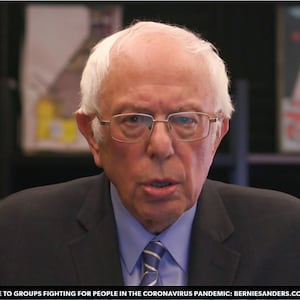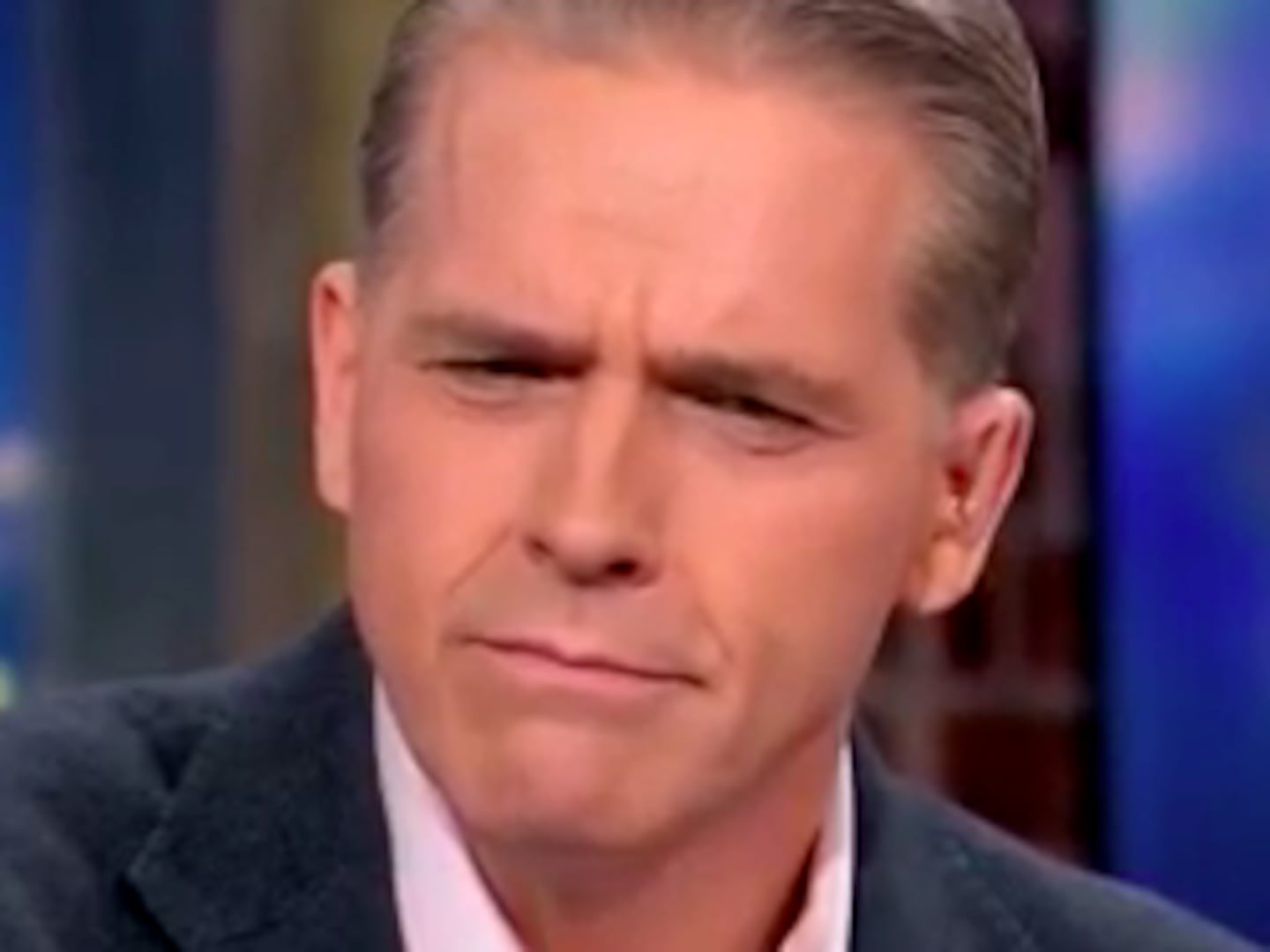Joe Biden’s victory occurred in part because Donald Trump managed to do something that hasn’t happened since Franklin D. Roosevelt’s 1936 campaign: He got the liberals and the party’s left to stop sniping at each other and to stand together to work for Biden and Kamala Harris.
While left and center united mostly around their opposition to Trump, Biden made it clear to voters that he was firmly in the center. He said he personally opposed court-packing, that he would not end fracking, that he would for the time being keep troops in Afghanistan, Iraq, and Syria, and might increase the military’s budget.
Biden also opposed violence erupting in the cities during protests, saying, to the discontent of some on the left, “Burning down buildings, to my mind, has nothing to do with the fight for racial justice.”
In other words, he clearly made his disagreements with the party’s left wing known. Yet the entire left, including the communist Angela Davis and the radical Noam Chomsky, gave their endorsement to Joe Biden. There were a few exceptions, fortunately irrelevant, such as the Democratic Socialists of America.
Bernie Sanders, the democratic socialist who ran in the primaries, against the advice of some of his own staff, announced his support of Biden early and ungrudgingly. “We need you in the White House, Joe,” he said. He pledged to do all he could to make that happen.
On Biden’s part, he announced alongside Sanders that he would set up task forces made up of staffers from his campaign and Biden’s, to work together to come up with solutions to many problems. He knew, Sanders said, that the Biden White House would be inclusive, and that they could “argue it out” the way people do in a democracy.
So did Alexandria Ocasio-Cortez, who worked on behalf of leftist challengers during the primaries, but, realizing that Biden would be the candidate, quickly endorsed him and pledged her complete support. “We need you in the White House… I will do all that I can to see that that happens, Joe,” Ocasio-Cortez said last April. Then she told her supporters to “come together” to support the Biden candidacy.
Appearing in an Instagram video addressed to her followers, Mother Jones magazine reported, AOC “pleaded with her massive following to mobilize on Biden’s behalf. “Voting for Joe Biden is not about whether you agree with him,” she said in an Instagram video in September. “It’s a vote to let our democracy live another day.”
There was one major issue that had the chance to break the coalition: the demand of Black Lives Matter and other protest groups working for social justice to defund the police. That too Biden opposed, pointing out he would work to reform the police so they do better on preventing real crime, not dismantle them so crime would be rampant.
It also became apparent that the Black community living in dangerous areas where drug gangs are rampant strongly favors a police presence, and its average citizens complain that the cops are not there when they are most needed. In the end, the issue wasn’t decisive at the presidential level, as polls showed majorities were angrier at Donald Trump than they were at the left in the wake of the death of George Floyd in police custody and protests.
The Biden-left coalition is not without precedent in America’s past. In the 1936 election and for the duration of the New Deal, a strong new coalition emerged behind Franklin D. Roosevelt’s shift to the left, which historians call “the second New Deal.”
The various reforms of that era— Social Security, the National Labor Relations Act that made collective bargaining between unions and management legal, and other measures—had the support of big-city wealthy liberals, African Americans living in the North, the unions organized into the CIO, and the white supremacist segregationist Democratic Party in the entire South. They all supported FDR’s New Deal programs.
We know that the last group’s support severely harmed the fight against racial justice, and that as a result of segregationist support, FDR opposed a federal law against lynching, as well as other proposed substantive measures towards ending racist structures. The left at the time was horrified but understood without the white Southern votes in the Senate, no New Deal bills could ever be passed.
Most important, the Socialist Party lost scores of members, who left the party and the perennial third-party candidacy of Norman Thomas and, with the unions their members belonged to, worked in the North to get out the vote for Democrats and on behalf of modest legislative reforms. The largest left-wing group, and the one most effective and influential in liberal and labor circles, was the American Communist Party.
CPUSA leader Earl Browder was in prison for passport fraud. In 1932, the party changed its line from rejecting “bourgeois” politics and coalitions with capitalist political parties to supporting the Democratic Party at home and an American-Soviet alliance against Hitler abroad. In turn, Roosevelt freed Browder from prison. The president explained he did so “to promote national unity and allay any feeling… that the unusually long [four-year] sentence in Browder’s case was by way of penalty upon him because of his political views.”
The American Communists supported what they called a “United Front Against Fascism,” in which they pledged to work with moderates and liberals in a united effort to defeat the Nazis. The Party’s strength was such that they elected members of Congress whose CPUSA affiliation was kept secret. The party was also the leading force in the strong Democratic Party in California.
The wartime coalition ended with the emergence of the postwar era of a new Cold War with Stalin’s Soviet Union. The Communists urged creation of a third party that would support Soviet foreign policy, and in 1948, they created the “pro-peace” candidacy of Henry A. Wallace on the newly formed Progressive Party ticket. And as the Democrats began to take action for civil rights, under the leadership of Minneapolis’ popular liberal Mayor, Humbert Humphrey, the Southern Democrats walked out of the 1948 Democratic convention. Under the banner of the States’ Rights Party, referred to usually as the Dixiecrat party, they ran segregationist Senator Strom Thurmond for president. So the coalition collapsed.
As for the future of a successful Biden presidency, it must be said that if his coalition collapses, Joe Biden and Kamala Harris will have trouble on their hands. Should the left again bring up as a central demand that the police be defunded, a rupture could take place.
Moreover, should the democratic socialist left that supported Biden demand the party run candidates in coming elections as socialists, it could spell defeat for moderates who won in the 2018 midterms. Abigail Spanberger, a Democratic member of the House from a centrist Virginia district, told her constituents that the presence of so many vocal socialists running for office as Democrats hurt the chances of other moderates, several of whom lost on Nov. 3, who ran in “purple” districts like her own. Countering Spanberger, Ocasio-Cortez gave an interview to the Times over the weekend in which she criticized centrists for running un-tech-savvy campaigns and treating people like her as the enemy.
Should Biden give in to socialist demands, writes The Week columnist Damon Linker, “The country will move closer to witnessing a conservative backlash that results in Republicans taking control of the House and increasing their margin in the Senate in November 2022, rendering the Biden administration even more fully dead in the water.” In what Linker calls a “war of attrition” between our two political parties, the Biden administration will have to move slowly and carefully. If they do not, a new Trumpist era may soon be coming.







